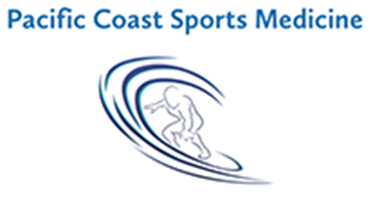XSTEM’s Knee Osteoarthritis Stem Cell Trial: Mid-Study Update, Safety and Positive Efficacy
Xintela has released interim data from its ongoing clinical study evaluating its stem cell product, XSTEM, in patients with knee osteoarthritis. XSTEM is an allogeneic adipose stem cell therapy, consisting of integrin α10β1-selected mesenchymal stem cells. At 18 months post-treatment, the company reports demonstrated safety and positive efficacy, including statistically significant and clinically meaningful improvements in knee pain and knee function.
Total Knee Arthroplasty After a Previous Patellectomy: A Case Report With a Six-Month Follow-Up and a Review of the Literature
Total knee arthroplasty (TKA) is a widely performed surgical intervention for the treatment of knee osteoarthritis. However, various patient-specific factors altering the biomechanics can influence the surgical technique and the postoperative outcomes. In this case report, a patient is presented who was admitted to our hospital with chronic left knee pain caused by osteoarthritis, with a history of patellectomy after a traumatic event 35 years ago.
Clinical results of reverse shoulder arthroplasty after failed arthroscopic rotator cuff repair compared to primary cases: a case–control study
Although reverse shoulder arthroplasty (RSA) is a popular treatment, its efficacy in patients with failed rotator cuff repair (ARCR) remains unclear. In this study, we aimed to evaluate the clinical results of RSA for following failed ARCR. We hypothesized that RSA after failed ARCR would lead to improved clinical outcomes comparable to those of RSA performed without prior surgeries.
8 Types of Shoulder Surgeries
Common types of shoulder surgeries include rotator cuff repair, total shoulder replacement, and arthroscopy for conditions like frozen shoulder or impingement syndrome. In general, these and other shoulder procedures help treat shoulder injuries by repairing or replacing cartilage, tendons and ligaments, muscles, and joints.
Does running ruin your knees? And how old is too old to start?
You've probably heard that running is tough on your knees—and even that it can cause long-term damage. But is this true?
Urgent Care is available after hours and weekends through Ortho Care on Demand.




